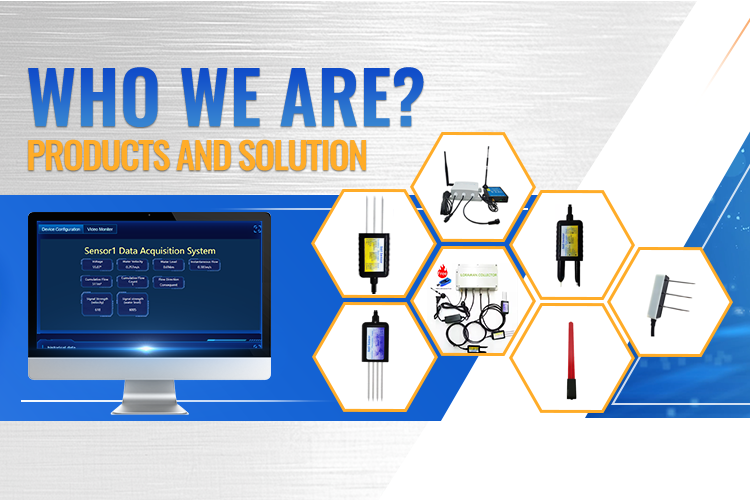In modern agriculture and environmental monitoring, soil sensors, as key tools, are receiving increasing attention. They help farmers and researchers obtain data on the physical and chemical properties of soil, thereby optimizing crop growth and resource management. However, the wide variety of soil sensors available on the market has left many people confused. The following are some important considerations for choosing professional soil sensors.
1. Measurement parameters
When choosing a soil sensor, it is first necessary to clarify which parameters need to be measured. Common soil parameters include:
Soil moisture: A key indicator that can help determine the timing of irrigation.
Soil temperature: Affects seed germination and root growth.
pH value: Affects the absorption of nutrients by plants.
Electrical conductivity: It reflects the salt content in the soil and affects crop growth.
When choosing sensors, determine the required measurement parameters based on the crop needs and research goals.
2. Technology type
At present, there are mainly two types of soil sensors on the market
Resistive sensor: It reflects soil moisture by measuring changes in resistance, has a relatively low cost, and is suitable for small-scale applications.
Time-domain Reflectometry (TDR) sensor: It measures the propagation time of electromagnetic waves in soil, featuring high accuracy and suitability for various soil types. It is ideal for large-scale farms or scientific research applications.
Choose the appropriate type of technology based on your actual situation and budget.
3. Data Transmission and compatibility
Modern soil sensors usually have data transmission capabilities and support wireless communication protocols such as Wi-Fi, Bluetooth or LoRa. This function enables users to monitor soil conditions in real time and synchronize the data to the cloud platform or mobile application. Before purchasing, ensure the compatibility of the selected sensor with the existing equipment to facilitate subsequent use and data analysis.
4. Accuracy and response time
When choosing soil sensors, accuracy is an important consideration. High-precision sensors can provide more reliable data and help users make scientific decisions. In addition, response time is also very important, especially in a rapidly changing environment. Sensors that respond quickly can provide information more promptly.
5. Price and after-sales support
The prices of soil sensors of different brands and models vary greatly. When the budget is limited, it is recommended to choose products with a higher cost performance. At the same time, good after-sales support and technical services are also important factors in the selection. Ensure that the technical support provided by the supplier can meet the requirements during use.
Conclusion
The significance of choosing the appropriate soil sensor for enhancing agricultural production efficiency and environmental monitoring is self-evident. After understanding your own needs, the type of technology, data transmission compatibility, accuracy and other factors, it will help you make a wise choice. It is hoped that the vast number of farmers and scientific researchers can find suitable “good assistants” in soil monitoring.
With the development of technology, the application of soil sensors will become increasingly widespread, enhancing the technological level of agriculture and promoting sustainable development.
For more soil sensor information, please contact Honde Technology Co., LTD.
WhatsApp: +86-15210548582
Email: info@hondetech.com
Company website: www.hondetechco.com
Post time: Aug-17-2025


